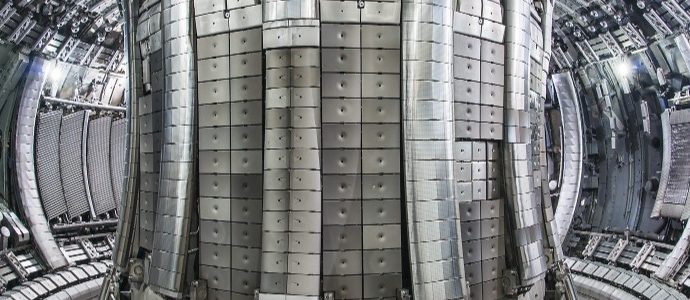A Breakthrough in Nuclear Research has Produced Surplus Fusion Energy
On August 8, 2021, researchers at the National Ignition Facility (NIF) in Livermore, California succeeded in initiating nuclear ignition in a small capsule of heavy hydrogen isotopes, proving that the fusion process could be started by using powerful lasers; now, hot on the heels of last year’s breakthrough, researchers at the sameread more
